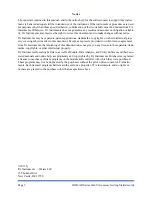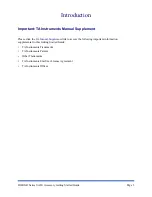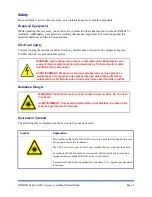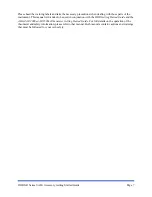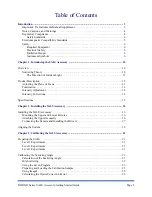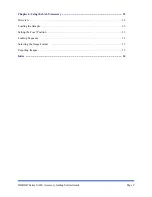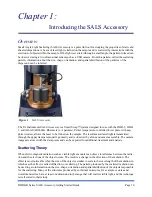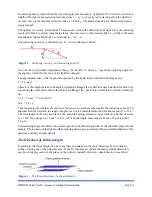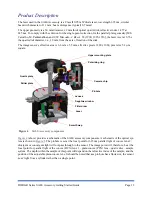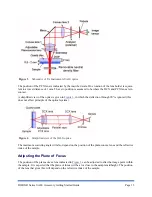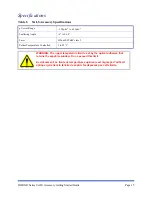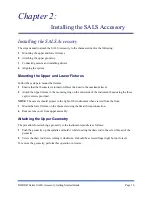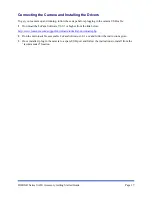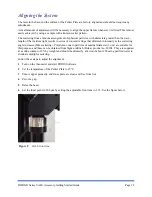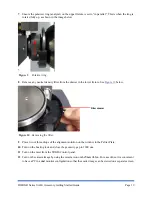
DHR/AR Series SALS Accessory Getting Started Guide
Page 5
Electromagnetic Compatibility Standards
For Australia and New Zealand
AS/NZS CISPR11:2004 Limits and methods of measurement of electronic disturbance characteristics of
industrial, scientific and medical (ISM) radio frequency equipment.
For Canada
ICES-001 Issue 4 June 2006 Interference-Causing Equipment Standard: Industrial, Scientific, and Medical
Radio Frequency Generators.
For the European Economic Area
(In accordance with Council Directive 2004/108/EC of 15 December 2004 on the approximation of the
laws of the Member States relating to electromagnetic compatibility.)
EN61326-1:2006 Electrical equipment for measurement, control, and laboratory use-EMC requirements-
Part 1: General Requirements. Emissions: Meets Class A requirements per CISPR 11. Immunity: Per
Table 1 - Basic immunity test requirements.
For the United States
CFR Title 47 Telecommunication Chapter I Federal Communications Commission, Part 15 Radio
frequency devices (FCC regulation pertaining to radio frequency emissions).


